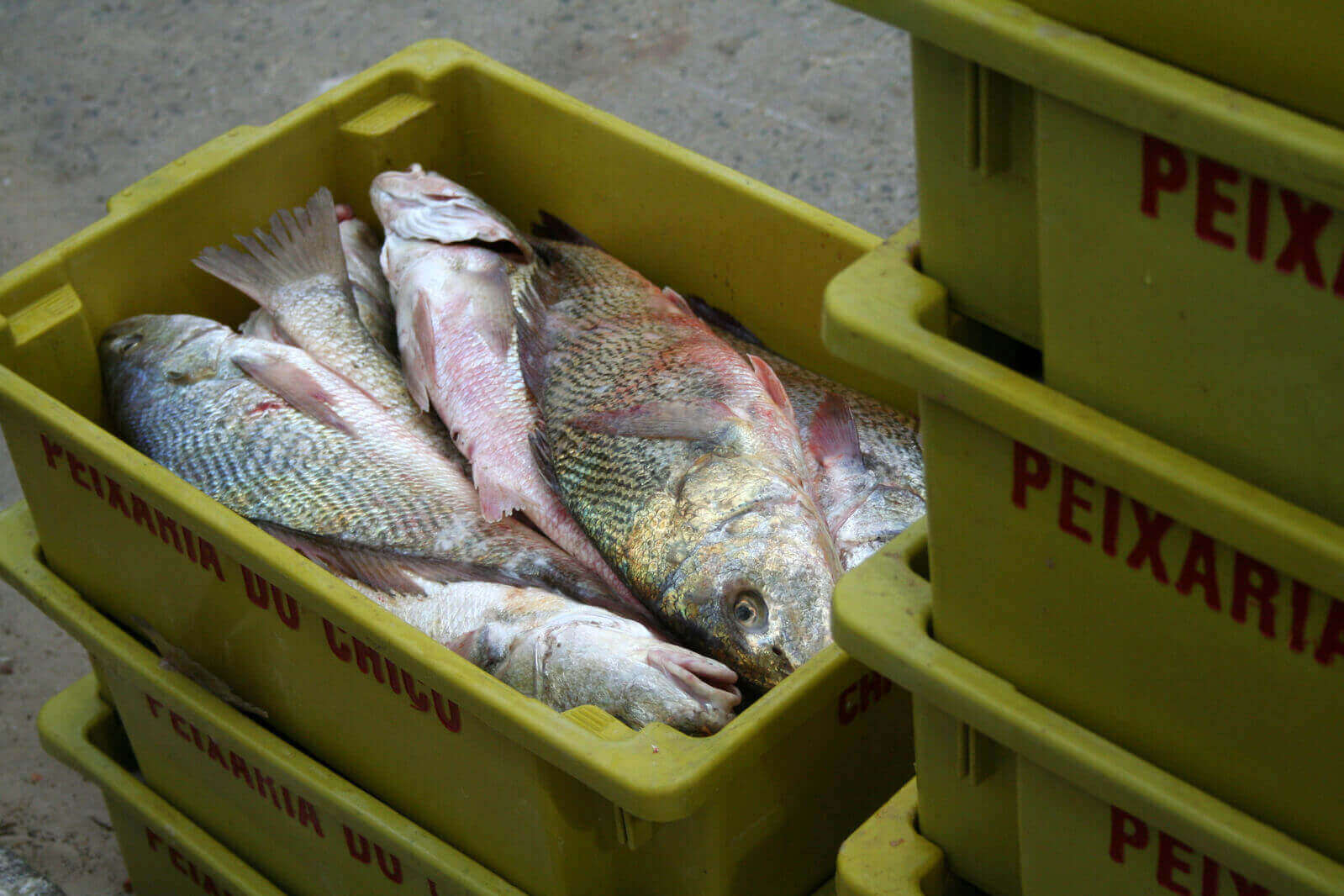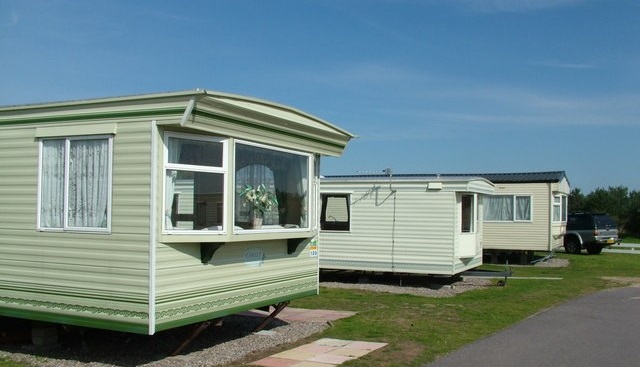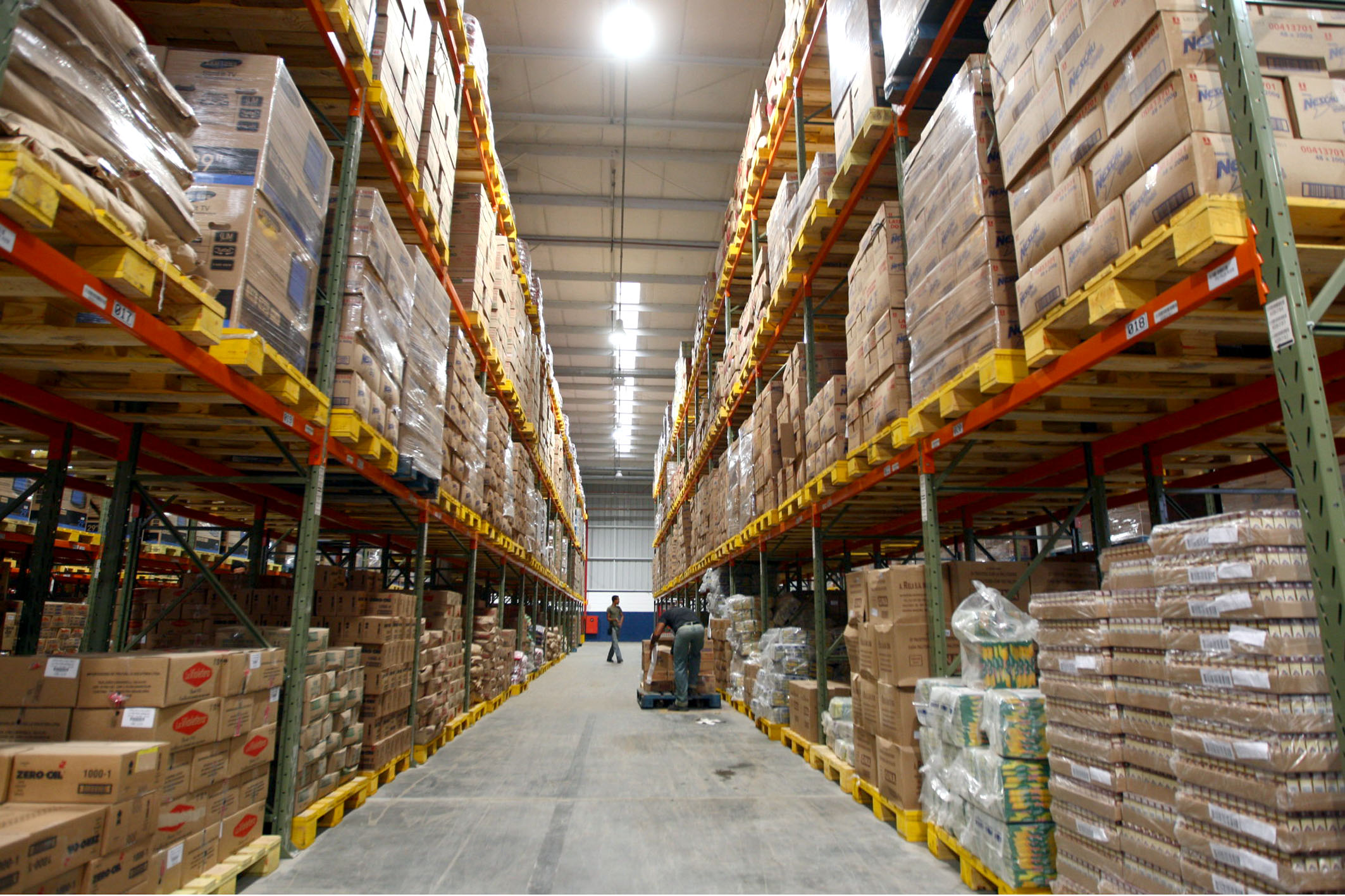Do you think there is some data we are missing or do you have data you would like to present?
If so contact Nick Richards at: N.Richards@hull.ac.uk
Industry
The Humber has a number of major industries that are based on both banks. The industries include the Chemical, Caravan, Food Processing to the new and developing Wind Industry.
The Chemical industry has been based around the Humber for generations whether it be Saltend on the North bank or the oil refineries on the South bank. The industry on the Humber produces products that are used around the world. The Humber location is ideal for the Chemical industry to move products in and out of their sites by the excellent access to the river and the local road network. The industry has about 15,000 people employed over about 120 companies. As well as being home to a major exporter of chemical products the Humber is home to one of the fastest growing chemical bases in the UK.
The Humber, especially Hull, is well known for the manufacturing of caravans. Hull and the East Riding is home to a number of major caravan producers in Europe, such as Swift. The industry locally employs a high number of local people with Swift alone employing around 1000 people. Due to the major manufacturers being located in the area a high proportion of the businesses which are in the caravan supply chain have located in Hull and the surrounding area.
The development of offshore wind in the North Sea has put the Humber in a prime location to be home to many of the activities related to the industry. This has been made a reality by Siemens investing in a blade manufacturing facility in the port of Hull. Also the development of the Wind industry in the Humber has been aided by a number of companies like Ørsted (formerly Dong Energy) locating their O&M facilities in the port of Grimsby.
Another industry that the Humber is heavily involved in is the Energy industry in regards to power stations. Although the power stations are not located right on the banks of the Estuary, a high proportion of the feedstock is brought into the UK via the Humber ports whether it is biomass or coal. Due to this, jobs are not only created by the actual power stations, jobs are created throughout the supply chain whether it be on the port where the feedstock unloads or whether it be in the transportation to the power stations. About 1400 jobs in the Humber are supported by the power stations and the activities that are in the local supply chain.
To find out more about each industry click on the individual industries on the other tabs.
- Liquid Crystal Display (LCD)
40 years ago the University of Hull invented the liquid crystal display technology with help from Professor George Gray. Over the following years LCD’s have been used all over the world in household items such as smartphones and flat-screen TVs amongst other things. LCD screens have also been used in industry, for example, they can be used in control rooms. - Osteoporosis breakthrough
The machine that can analyse bone-density was developed by Professor Chris Langton at the University of Hull in the 1980s. The machine has aided in the detection of osteoporosis and is now used in hospitals worldwide, also, the machine was recognised as one of Eureka UK’s list of 100 discoveries and developments in universities that changed the world. - Association Football
Hull-born Ebenezer Cobb Morley wrote to Bell’s Life newspaper in 1863 to propose a governing body for football, and subsequently the Football Association was created and the first rules of the organisation were developed. - The Venn Diagram
John Venn introduced the Venn diagram in 1880 to represent mathematical or logical sets as overlapping circles or curves. The University of Hull now pays tribute to his achievement by naming one of their buildings after him, the Venn Building. - The boiled sweet
It is eaten all over the world but many people do not know it came from Hull in the 19th century. It was manufacturer Needlers who first produced the boiled sweet.
Reckitts
Dettol™

Dettol was launched in 1932. It was first used in hospitals 80 years ago for cleaning and disinfecting skin during surgical procedures. Dettol was also used to protect mothers from illness after childbirth. Ever since, Dettol liquid has been trusted around the world to help clean wounds caused by cuts, grazes, insect stings and to help parents protect their families from germs.
127 million bottles are sold each year, making it the number 1 antiseptic worldwide, and it is currently present in 124 countries.
SourceDurex™

The history of condoms goes back at least several centuries, and perhaps beyond. For most of their history, condoms have been used both as a method of birth control, and as a protective measure against sexually transmitted diseases. Condoms have been made from a variety of materials; prior to the 19th century, chemically treated linen and animal tissue (intestine or bladder) are the best documented varieties. Rubber condoms gained popularity in the mid-19th century, and in the early 20th century major advances were made in manufacturing techniques. Prior to the introduction of the combined oral contraceptive pill, condoms were the most popular birth control method in the Western world. In the second half of the 20th century, the low cost of condoms contributed to their importance in family planning programs throughout the developing world. Condoms have also become increasingly important in efforts to fight the AIDS pandemic. The oldest condoms were excavated were found in a cesspit located in the grounds of Dudley Castle and were made from animal membrane, the condoms dated back to as early as 1642.
Latex, rubber suspended in water, was invented in 1920. Youngs Rubber Company was the first to manufacture a latex condom, an improved version of their Trojan brand. Latex condoms required less labour to produce than cement dipped rubber condoms, which had to be smoothed by rubbing and trimming. In 1932, the London Rubber Company (which had previously been a wholesale business importing German condoms) began to produce latex condoms, under the Durex brand. In 1987, London Rubber began acquiring other condom manufacturers, and within a few years became an important international company. In the late 1990s, London Rubber (by then London International Limited) merged all the acquired brands into its European brand, Durex. Soon after, London International was purchased by Seton Scholl Healthcare (manufacturer of Dr. Scholl's footcare products), forming Seton Scholl Limited (SSL). SSL was bought by Reckitt Benckiser in 2010.
Today, durex is the number 1 condom brand worldwide and is available in 150 countries.
SourceAir Wick™

Air Wick was first introduced in 1943 in the United States. The Air Wick company was, for a brief period, owned by the Swiss pharmaceutical company Norvatis (previously known as Ciba Geigy), before being acquired by the British household products company Reckitt Benkiser (formerly Reckitt & Colman).
Air Wick is currently available in 60 countries.
Scholl™

The company was started by a podiatrist, William Mathias Scholl, in 1906 in the United States. The original company expanded globally to design and patent over 1000 foot-care porducts, and they therefore became a member of the Fortune 500 in 1971.
When William Scholl died in 1968 Schering-Plough bought the Scholl brand. Schering-Plough imported the product line from China and had a North American distribution agreement with the Brown Shoe Company.
In 1984, Schering-Plough sold the global brand and non-North American operations to European Home Products (EHP), who manufactured footwear and foot care products under the Scholl brand. After the merger was complete EHP renamed itself as Scholl PLC.
Scholl is now the number one foot-care provider in many markets and is currently present in 50 countries.
Nurofen™

Nurofen was introduced in 1983 by Boots Healthcare and Reckitt Benckiser acquired the company in 2005. Nurofen is primarily marketed and sold within the United Kingdom, as well as other parts of Europe, Australia, New Zealand and South Africa.
Nurofen is the number one analgesic in Europe and Australia and is also present in 40 countries.
- Arco - the UK’s leading supplier of personal protective equipment, work-wear and workplace safety products
- Associated British Ports (ABP) - the UK’s leading ports group, handling around a quarter of the country’s seaborne trade
- Aunt Bessies - famous for their delicious Yorkshire puddings, Aunt Bessies produce over two million from their Hull factory every day
- Cranswick plc - a leading UK food supplier providing the consumer with a range of great tasting food
- Crown Paints - one of their major paint production operations is based in the city
- Donaldson Filter Components Ltd - is engaged in the manufacture and sale of filtration systems for machinery, agricultural and heavy equipment markets in the UK
- Greencore Cakes & Desserts - is a leading international manufacturer of convenience foods, providing a wide range of chilled, frozen and ambient foods to some of the most successful retail and food service customers in the UK and US
- Groupe Atlantic (Ideal Boilers) - is a market leading manufacturer of high efficiency commercial and domestic heating solutions
- Ideal Standard - a leading provider of innovative and design-driven bathroom and kitchen solutions, they have been manufacturing in Hull since 1936 and employ over 500 people
- J R Rix & Sons - a family owned company comprising of a diverse range of activities ranging from stevedoring, warehousing, and car retailing through to fuel distribution, manufacturing and property development
- Kcom - providers of a range of information and communications technology services, including internet, they employ around 850 staff and their head offices are based in Hull
- MKM (Holdings) Ltd - one the UK's largest independent builders merchants supplying building materials, timber and plumbing supplies
- RB (Reckitt Benkiser) - world number one in household cleaning and one of the city’s oldest and largest employers, employing approximately 800 people in Hull
- Res Q - one of the UK’s largest providers of specialist outsourced call centre services working with many blue chip organisations, they employ over 650 people in Hull
- Sewell Group - is a multi-disciplined group of companies operating across the Yorkshire region and is made up of Construction, Facilities Management, Investment and On The Go divisions
- SGS Packaging Europe Ltd - offer a full range of testing and certification solutions to assist clients in the design, review and development of primary, secondary and transport packaging
- Siemens – are the leading global engineering and technology services company and have been active in the UK for over 170 years
- Spencer Group Ltd - is one of the UK’s largest privately owned multidisciplinary engineering businesses providing pioneering engineering solutions across the transport and infrastructure and energy and industrial sectors
- T J Smith and Nephew - developers and marketers of advanced medical devices that help healthcare professionals treat patients more effectively, their global headquarters for Advanced Wound Management division is based in Hull
- Walker Group of Companies - the UK’s leading bathroom pod designer, manufacturer and primary supplier to some of the UK’s leading developers and blue chip companies
- Willerby Holiday Homes - one of the largest private sector employers in the city and market leaders in the design and manufacture of holiday homes








